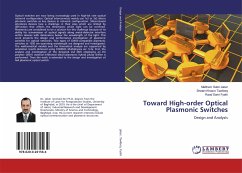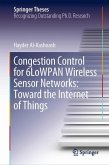Detective quantum efficiency (DQE) is widely accepted as the golden rule to objectively evaluate the performance of x-ray imaging systems. It provides a comprehensive characterization of an x-ray imaging system, because it combines several important image-quality-related measurements such as contrast, resolution, and noise, and because it measures the efficiency of the utilization of x-ray in the imaging process. Despite its importance, the current DQE methodology is imperfect in general agreement. The focus of this dissertation is to investigate the DQE methodology for digital x-ray imaging systems, in an effort to clarify some confusing aspects of the current DQE methodology. Through a detailed theoretical derivation of the DQE methodology for digital x-ray imaging, a more clarified understanding of the DQE theory is provided. Besides the re-visited DQE theory, techniques to determine the constituent parts of DQE, including the photon fluence, Modulation Transfer Function (MTF), and Noise Power Spectrum (NPS) are also discussed in this dissertation.
Bitte wählen Sie Ihr Anliegen aus.
Rechnungen
Retourenschein anfordern
Bestellstatus
Storno








